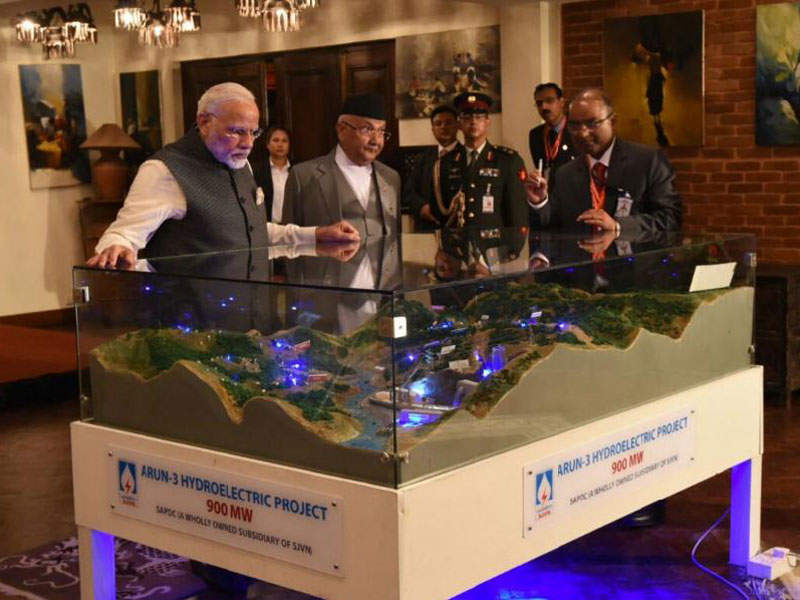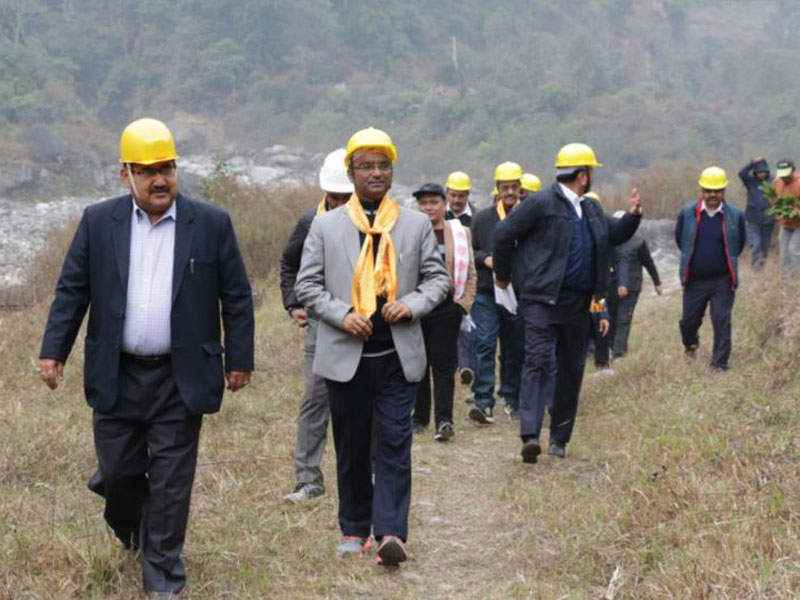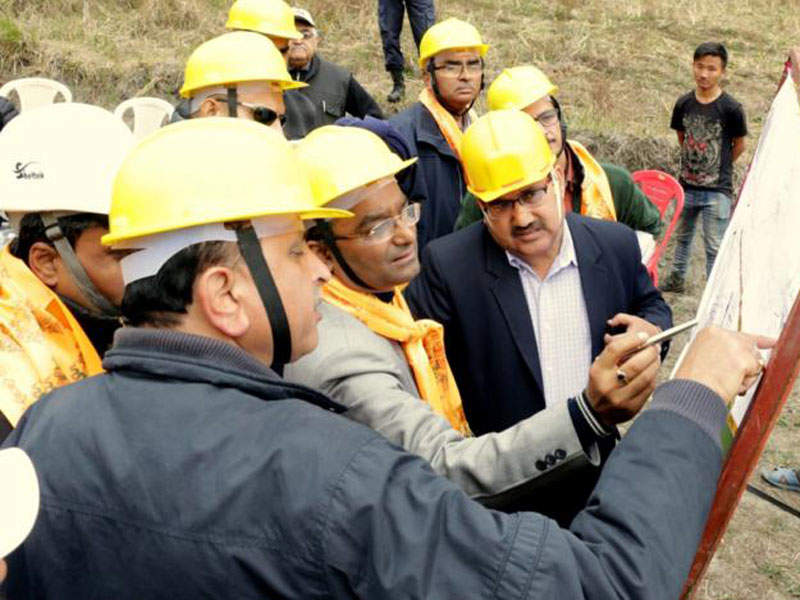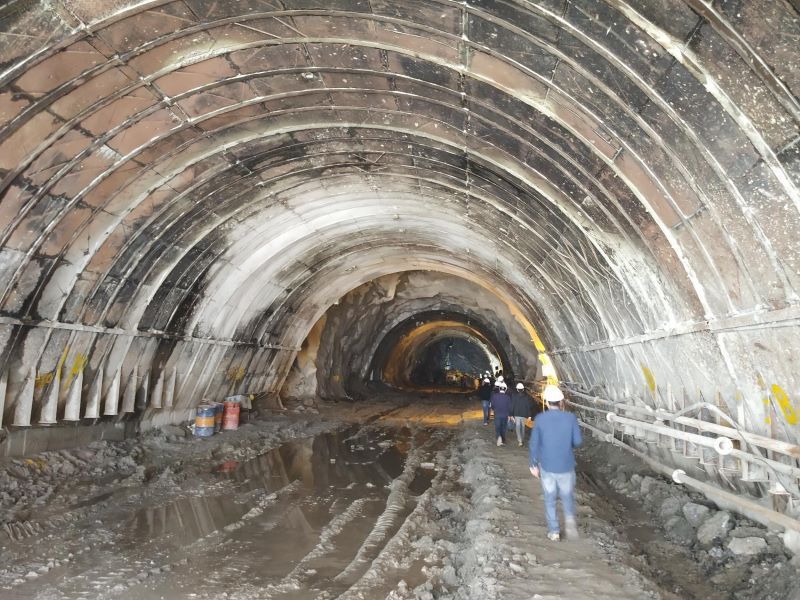The Arun-III hydropower plant is being developed on the Arun River in Sankhuwasabha District of Province 1, East Nepal. It is an export-oriented project with a power generation capacity of 900MW.
Estimated to cost more than $1.6bn, the hydropower plant will produce 4,018.87 million units of electricity a year. The project secured financial closure in February 2020 when the governments of India and Nepal signed an agreement. The project cost will include an investment of more than $156m to develop the transmission line.
It is being developed on a build-own-operate and transfer (BOOT) basis by Satluj Jal Vidyut Nigam (SJVN) Arun 3 Power Development Company (SAPDC), a joint venture of the Government of India and the Government of Himachal Pradesh.
SJVN was established in 2013 with an aim to plan, promote, organise and execute the Arun-III power plant. SJVN signed a memorandum of understanding (MoU) for the execution of the project with the Government of Nepal (GoN) in March 2008.
SJVN will operate the power plant for a concession period of 30 years. Then, the ownership will be transferred to the GoN. It will provide 21.9% of free power to Nepal during the concession period.
The Ministry of Science, Technology & Environment, GoN, approved the environmental assessment report for the project in August 2015. The hydropower plant construction commenced in May 2018 and completion is scheduled for 2023
The project is expected to generate 3,000 jobs during construction in India and Nepal together.
Arun-III hydropower plant details
The Arun-III hydropower project will include the construction of a 70m-tall and 466m-long concrete gravity dam on the Arun River. The dam will have a crest level of 808m and six sluice gates. The storage capacity of the dam will be approximately 13.94 million cubic metres.
The dam will include an 11.74km-long circular headrace tunnel with a diameter of 9.5m, two steel-lined pressure shafts and four penstocks. The tailrace tunnel will have a length of 192m and a diameter of 10m.
The dam will also comprise four underground desilting chambers with a length of 420m, a width of 16m and a height of 24m.
The powerhouse of the project will be underground and will be equipped with four vertical Francis turbine units each. The rated capacity of each turbine generator is 225MW. The powerhouse will have a gross head of 308m and a design head of 286.21m.
The project was 15 % complete by January 2019. Completed works include the construction of a 62m diversion tunnel at Chisopani, Nayabasti of Makalu Rural Municipality 3, while ongoing activities include the construction of an underground powerhouse, measuring 179.5m in length, 22.5m in width and 49.5m in height, along with a transformer house.
Power transmission
The output from the power plant will be transferred to the Nepal-India border through a 300km-long, 400kV DC transmission line, which will be routed along Diding (Nepal) to Dhalkebar (Nepal) towards Muzzafarpur (India).
Contractors involved
The contract for the main project work was awarded to Patel Engineering, while the hydro-mechanical works contract was awarded to Om Metals.
The electro-mechanical equipment work, including design, engineering, manufacturing and supply of the Francis turbines, as well as commissioning of the project, will be carried out by BHEL as part of a contract worth Rs536bn ($83.7m).
Total Management Services provided supporting services, including air and water quality tests, field data collection and socio-economic survey of Project Affected Families (PAFs) for the environmental assessment report of the project.
Jaiprakash Associates received a contract to perform civil works for the project.
Benefits of the hydropower project
The Arun-III project aims to assist people who live close to the hydropower project by uplifting their socio-economic levels through the generation of employment for the locals, boosting the local trade and industries and fostering entrepreneurship.
The hydropower project is also expected to strengthen the bilateral ties between Nepal and India.
A total of 269 families that are affected by the project will be provided with 30 units of electricity each free of cost every month. The project also aims to develop the area by constructing new roads, bridges and amenities such as schools, hospitals and community centres.







